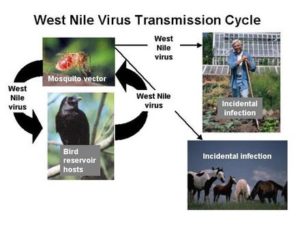From KESQ
November 6, 2017
COACHELLA VALLEY, Calif. – Bugs have invaded the Coachella Valley. People have reported seeing thousands of the small insects on car windshields and in their pool.
The owner of Coachella Valley Pest Control tells KESQ/CBS Local 2’s Lauren Coronado they’re Boatman bugs.
Craig Conaway is the owner of Coachella Valley Pest Control. He thinks they’re coming from the Salton Sea, where people have reported clouds of bugs flying overhead. U.S Fish and Wildlife also believe the bugs are from the Salton Sea. Chris Schoneman, a spokesperson with U.S Fish and Wildlife thinks the mass quantities of the boatman bug have to do with less fish consuming the bug. But representatives with the Salton Sea can’t verify that.
“There’s like thousands and hundreds, like a lot. It makes me itchy just by looking at them. That’s not normal,” Narely Botello, of Indio said.
Christy Lane, of Palm Desert, has also been impacted by the infestation.
“It went from hundreds, I think, to thousands. I honestly think there’s thousands in that pool,” Lane said.
Botello and Lane are just two of many people dealing with a bug infestation, here in the Coachella Valley.
Botello has them all over her car, while Lane says they’ve taken over her pool.
Local pool companies say they can’t kill them with the usual pool cleaning chemicals.
“I’m getting calls from people — ‘What can I do? What can I do?’ and we really don’t know. We have kind of picked up on the fact that they’re not in the hot tubs as much as the pools. So we’re thinking there’s a temperature thing there,” Conaway said.
Conaway says the bugs are harmless. A spokesperson with Coachella Valley Mosquito and Vector Control says the Boatman bug is not capable of carrying diseases. But according to Conaway, they’re nearly impossible to kill off.
Read more

